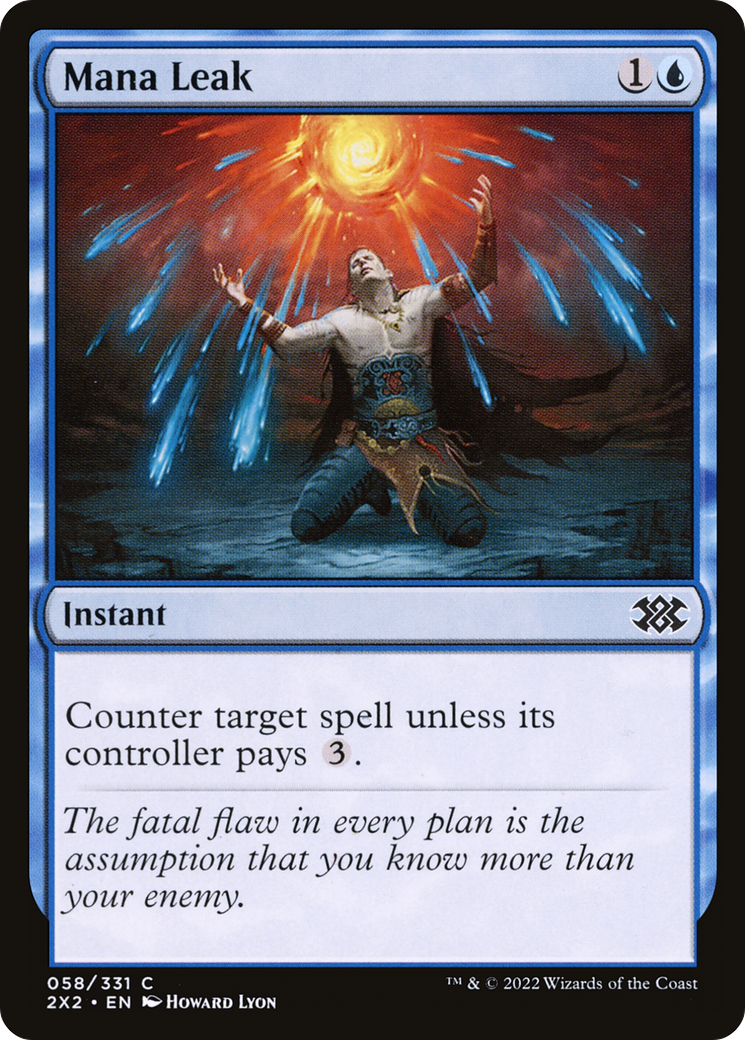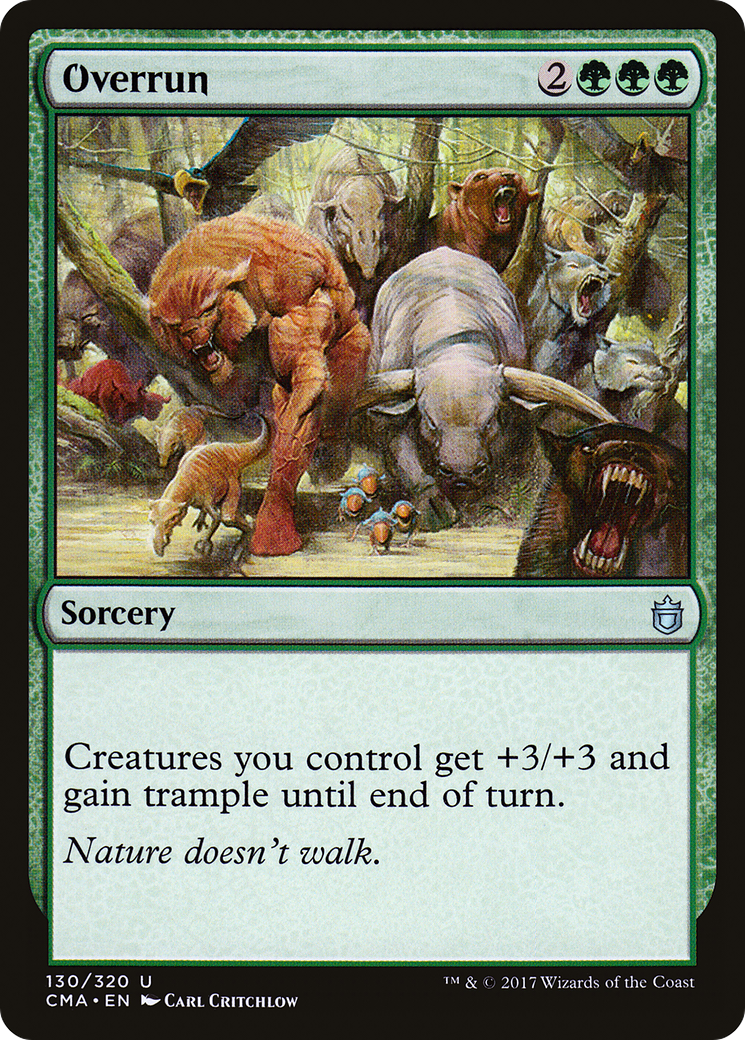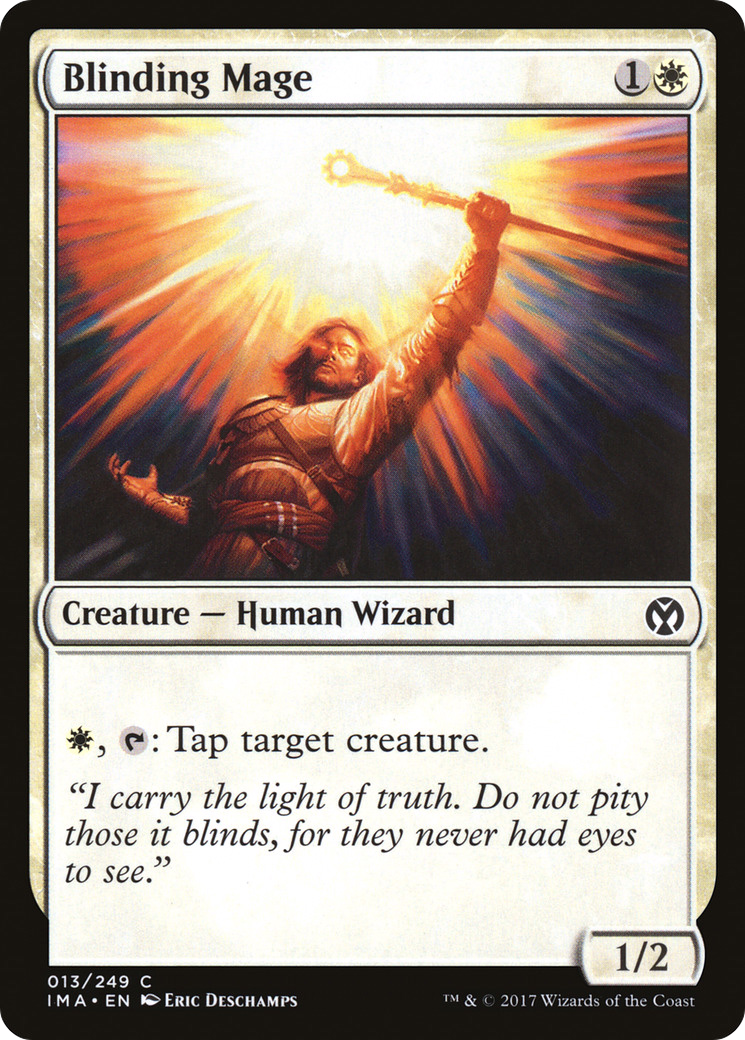We are approaching the second James Beeton Memorial Weekend at RIW Hobbies on Friday, January 5 and Saturday, January 6. A member of the historic, elite Team RIW, James trained alongside and inspired some of the greatest players in Magic history. Between cross-state trips to premier events, the competitive grind of old-school organized play, and his beloved local shenanigans, he was a core member of the crew, and his absence can never be filled.
I never met James myself, but his legacy with the store and his friends continues over a decade after his passing. When you look at the trophy shelves and hung plaques across the store, know that James helped make those happen, no matter whose names are on them. That’s what it means to be in a crew. I’m sure Pam, Brian DeMars, Kyle Boggemes, and more will share plenty of stories about the man this weekend, and I’m eager to hear them.
Last year, RIW raised over $2,200 in the event for Drug Free All Stars thanks to the 95 players who attended and the generosity seen throughout. The entire community rallied to give unique prizes (including a chase card opened during the event!), tacos were made quickly and devoured even more quickly, and Pam herself came out to sling cards with a smile.
This Friday, RIW kicks off the next Memorial Weekend with a unique FNM for everyone: Pauper! RIW is one of the foremost champions of the Pauper format (I can attest personally after judging our massive tournaments), so I’m sure James would agree this is the most “RIW” FNM we could host.
I’m honored that this year, I will be judging the main event that is so dear to all of us at RIW: The Chaos Draft, featuring random packs from throughout Magic’s history! Please join us in celebrating James’s life with the Magic community, and let’s shatter those numbers this year.
James loved Limited more than any other form of Magic, but I know Limited – especially something like a Chaos Draft – can be daunting for many players. As a fellow Limited lover and the reigning RIW Chaos Draft King (undefeated in every draft so far, and I’ve been to most of them!), I hope this guide will help you come and honor Mr. Beeton with joy.
Chaos Limited is, ironically, all about fundamentals. We don’t know which packs we’ll get nor which packs will be passed, so there’s no reasonable way to study up ahead of time. “Signpost uncommons” won’t help us here! Therefore, we have to adjust to old-school types of thinking and look at tried-and-true historical strategies.
In general, old packs have high-quality spells and low-quality creatures outside of bombs; newer packs have more pushed creatures and lower-quality spells; and “premium” packs like Masters have the best of both. If you get the choice, I recommend opening a premium pack first since you’re guaranteed to have something solid in it, and it’s easier to send signals to your neighbor.
Unconditional removal is at a premium because there’s no way to predict how many pieces of it a pod will open, and the threats are so varied that it’s difficult to evaluate toughness thresholds. If it’s efficient, all the better, but plenty of powerful creatures have poor stats and great abilities (e.g. tappers, looters, and pingers), so Pacifism isn’t a panacea. Spending five mana to make sure something dies isn’t exciting, but it’s a solid choice.
Leverage your sideboard, too. Niche solutions have their chances to shine post-board because you will see so many different styles of decks; that niche is near-certain to come up throughout the day. Don’t pick that Naturalize early, but if you have a choice between it and a mediocre playable, grab it.
Many sets have gimmicks around which their “best cards” are built: energy, snow, auras, etc. It’s tempting to snap-pick a card that was insane in its own draft format, but it’s almost certain to underperform if it needs specific support. These cards can still be fine – I 3-0’d the last draft with an Ice-Fang Coatl in my deck – but they won’t be the all-stars we remember. The main exception is artifact synergy because it is present throughout so many sets, and playable artifacts are in all of them. Still, don’t commit too early.
Focus instead on cards that will be solid alone. It’s okay to sacrifice some level of power for consistency. Sometimes, Colossal Dreadmaw and its ilk are perfectly fine playables.
I also recommend avoiding multicolor cards unless they’re slam dunks. Fixing varies wildly between sets, so treat three-color cards as essentially unplayable unless you grab plenty of it.
Every draft format has its own color balance, and Chaos is no exception. Here’s my experience wading through Chaos:
The memes are true! Blue is the most powerful color in this form of Magic. It benefits the most from powerful spells in old packs and excellent evasive threats in modern ones.
Aside from counterspells, some of the most busted styles of commons through history were insane tempo cards like good old Man-o-War:
Pingers (which old sets gave to blue for some reason), and looters, which are even more helpful when decks have high disparity in card quality:
These effects are frequent across history.
Green is my second choice because it’s the most consistent.
You can’t count on decent ramp with such a diversity of packs being opened, but it always has a strong ability to curve out, and slamming big monsters late-game will force your opponent to have hard answers.
Thankfully, big monsters at common have been a staple of green since Alpha, so you’ll definitely see some, and mass-pump effects at uncommon can crush games.
White occupies a solid middle ground. It has good enchantment-based removal, control tools, ways to go wide and go tall, creature protection, and some excellent evasive finishers.
Its main issue is its identity crisis throughout history: Look at everything I just listed, and then remember how the quality of those different aspects is unpredictable from pack to pack.
Its biggest claim to fame are tappers like Blinding Mage at common. Seeing one of those in the middle of the pack is a great reason to move in!
Unsurprisingly, in a format where removal is at a premium and disruption is rare, Black has a lot going for it.
The problem with black is that it has trouble finishing games on its own. It wasn’t until original Innistrad that black got a 2/2 for 2 with no downside at common, so old packs won’t help you much as far as threats go.
I like black as a secondary color since it can give you good value plays in addition to the removal, but quality threats are too sparse to move into it strongly unless you get a solid bomb or two.
Alas. While blue improves based on history, red suffers.
Aggressive red decks need redundancy to perform well in Limited, and redundancy is tough to find in Chaos Draft.
It benefits the least from its older spells being stronger since they still have trouble crossing the damage thresholds modern creatures require, and its old creatures at common have just been terrible. Good red decks do exist, leveraged especially through combat math manipulation (such as preventing blocks), but the color needs to be wide open so you can get the best pieces of it throughout the draft. Keep in mind:
Its splashable X spells can finish games for you!
Depending on how many old packs you see, ally color pairs are often better supported than those of enemy colors. Lean toward ally colors if you can.
Some archetypes transcend Magic history and are reasonable to expect even with entirely random packs at the table. Here are some I’ve found valuable to identify so you can move into them and have a cohesive deck, not just a pile of cards.
Blue-White/Black Control: The classics among classics. Old packs tend to have good countermagic and card draw, and newer packs tend to have good finishers. Black provides hard removal, while white gives you better finishers and tappers. Bonus points if you get to finish them off with a Serra Angel!
Blue-White Skies: Yes, there are two blue-white decks! This is the “tapout” deck that values tempo and evasion to put a consistent clock on your opponent. Bounce spells are most at home here to help you win races. My personal favorite.
Green-Black Rock: The Cadillac of midrange, “the Rock” uses black as an excellent secondary color to pick off threats and disrupt your opponent while you build gradual board advantage, value your opponent out, and finish things off with beefy creatures, preferably ones you can recur. Despite being enemy colors, black and green cover each other’s weaknesses very well, and green helps fix the bad mana Chaos often gives.
Red-White/Black Aggro: These are the best aggro decks. Aggressive white cards are often underdrafted and have the creature quality that red lacks, while red provides the reach that white needs to get through a stabilized opponent via burn or blocking manipulation. On the other hand, black removal is always powerful to get little guys through, though you will need to see some excellent “little guys” to commit to Red-Black. Good combat tricks go late as people scrounge for playables, and these are the best decks to use them. Your mana will be bad in Boros, so beware of drafting too many double-pip cards.
Red-Green Monsters: The most accessible deck. The power level is below the best versions of the other decks, but it’s a great way to leverage mid-to-late-pick commons. If you find yourself aimless going into pack 2 or your initial plan dries up, this is a solid pivot. Red is often open and can pick off early threats in order for your big guys to stabilize you and smash into your opponent, and Falter effects let you alpha strike for the win. It doesn’t have the same ability to grind as Green-Black, so you’ll need to double down on creatures and snap up any ramp you can find.
Blue-Green, White-Black, and Blue-Red are the color combinations that are the most gimmicky throughout history, so they don’t fit historical archetypes well (even Izzet Spellslinger lacks support in most older and premium packs). Green-white usually either goes wide or goes tall, but there’s too much variance in the cards for me to recommend it since you can easily see only half of each version of the deck. That said, you can still make good decks in these colors – you’ll just have to work for them a bit harder.
This guide has focused on improving your performance, but remember: This isn’t a Pro Tour format. This is meant for wild and crazy plays. If you open a card that you love or see a silly, inconsistent combo that you want to make work, go for it! Maximize for fun, not necessarily for win rate. The more you smile and laugh, the better you honor James’s legacy.
I’ll see you this weekend.

















